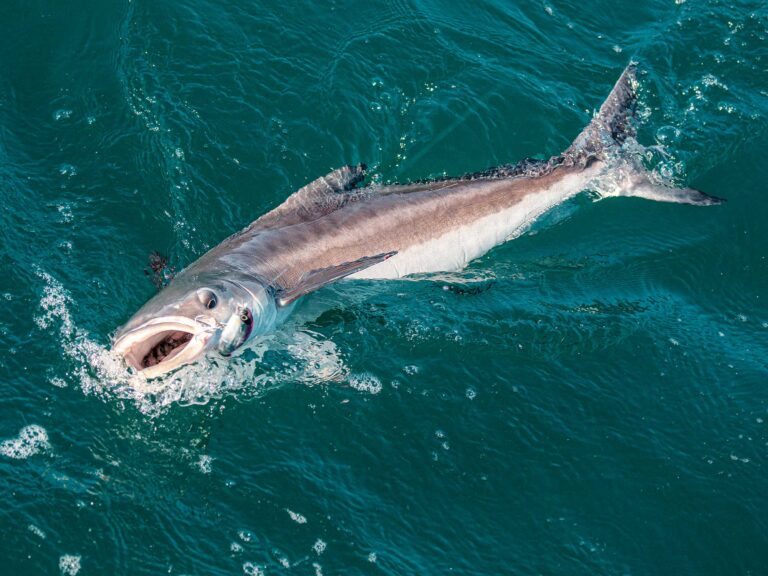Q. “Is a full or new moon best for flats-fishing?
A. During a full moon, tides rise and fall greater and are referred to as spring tides. The weeks between have neap tides, and the water doesn’t rise or fall as much.
Guides and experienced fishermen have different opinions, often because of where they fish. If they seek fish where the bottom is soft or even muddy, a fast-rising tide often causes the water to become dirty. Spring tides should be avoided in some places in the Bahamas because the higher water floods the mangroves, and bonefish roam safely among the tangled roots. In other areas, extra-high tides will wash all sorts of debris, grass and leaves off the bank, making fly-fishing difficult. On neap tides, the fish will be found outside of the mangroves in most locales.
In other places, a spring tide will flood the flats with enough water for fish, crabs, shrimp and other food to move in and feed, whereas during neap tides, there would be very little or no water present. Permit and larger tarpon prefer swimming at depths where they can maneuver easily, so spring tides are usually best for these species. Also, if the highest tide occurs well before daylight, most of the flats drain down until an incoming tide can bring in more water. Even the wind and time of year has an effect on the tide and quality of fishing in some areas.
In short, there is no pat answer since the season, area, species sought and wind conditions determine which tidal phase is best for fishing. The wise move is to ask local fishermen or a good guide. Incidentally, the type of tide is often important with offshore species — but that’s another story.









